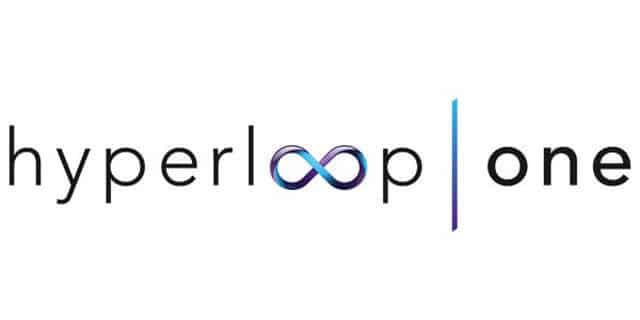Hyperloop technology is quite literally accelerating towards becoming a reality, after the first public test of a prototype propulsion system was successfully conducted in the Nevada desert on May 11. The test, carried out by Hyperloop One- one of the several companies undertaking research and development on the supersonic transport system proposed by tech visionary and billionaire inventor Elon Musk, marks a key breakthrough that could radically alter the way people and cargo are transported in the future.
The Test
Did you see the video above?
Hyperloop One engineers carried out a ‘propulsion open-air test’ or POAT by using a linear-electric motor that will accelerate a hyperloop pod. The test vehicle, which looks like a sled, reached 0 to 100 mph in just one second, generating a force of around 2.5Gs. In theory, a similar motor could allow a more aerodynamically designed vehicle to achieve speeds of 700 mph in a very low-pressure tube.
‘This is about validating the hardware and software. We’re aiming to hit 400 mph in two seconds. And by the end of the year hopefully we’ll have a full test, with the sled in a tube accelerating with our custom propulsion,’ said Hyperloop One cofounder and chief technology officer Brogan BamBrogan.
According to BamBrogan, that test will take place at this same location and for that the team aims to establish a 3-mile track that will feature tubes elevated above ground by pylons.

BamBrogan also stated that humans travelling in a hyperloop pod would not feel the acceleration as it would happen in amore gradual manner and eventually reach speeds of nearly 750 mph.
Hyperloop One, which raised $80 million in Series B funding to continue its research and development, is testing various levitation methods, based on passive magnetic levitation technology. One of the versions is currently deployed on high speed maglev trains in Europe and Asia.
“We think we can move cargo by 2019 and passengers by 2021, if we can replicate the kind of support we’ve gotten here from the county and city of North Las Vegas,’ said CEO Rob Lloyd.
The Idea
The idea for Hyperloop tech was first posited by SpaceX and Tesla CEO Elon Musk, who in a 2013 paper floated the idea of transporting people in low-pressure tubes at 760 miles an hour, which is nearly the speed of sound. According to Musk, this would be possible through pods powered by propulsion motors that would hover on a sliver of air in near-vacuum tubes by using magnets. The super high speeds would be achieved by the lack of air resistance and friction of traditional transportation.
Since then, several startups have been working around the idea to make Hyperloop technology a reality, with Hyperloop One (formerly known as Hyperloop Technologies) and Hyperloop Transportation Technologies leading the way.
On May 9, Hyperloop Transportation Technologies announced that it had created a way to elevate Hyperloop pods using permanent magnets- a technique that is cost-effective and conserves more energy than other methods. The company, however, is yet to demonstrate its propulsion technology.
According to proponents of Hyperloop, the new transportation technology could effectively reduce the journey between Los Angeles and San Francisco to just 30 minutes. However, there will be several hurdles to clear, such as land use rights and stuff opposition from train and truck companies that would want status quo to prevail. But supporters of the technology remain optimistic that in the long run, it would eventually prevail owing to lower costs (since a Hyperloop pod will use very low energy when underway) and zero carbon emissions- a critical factor amid growing concern for global warming.














Leave a Reply